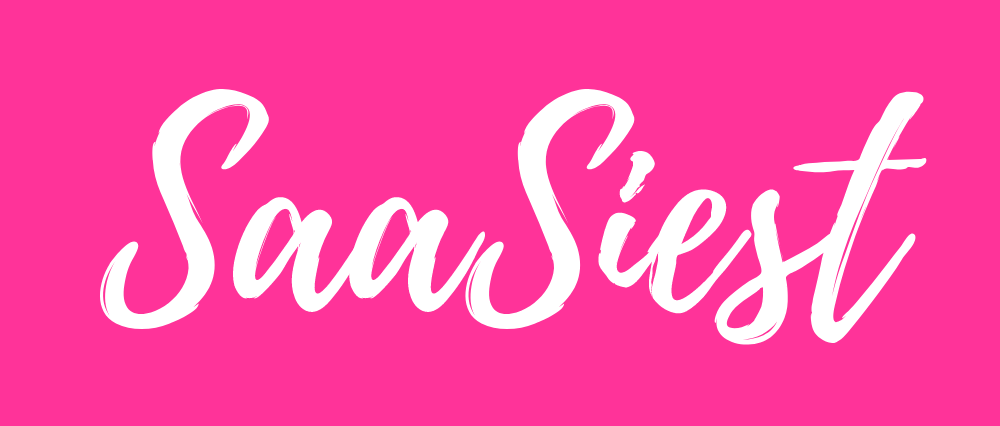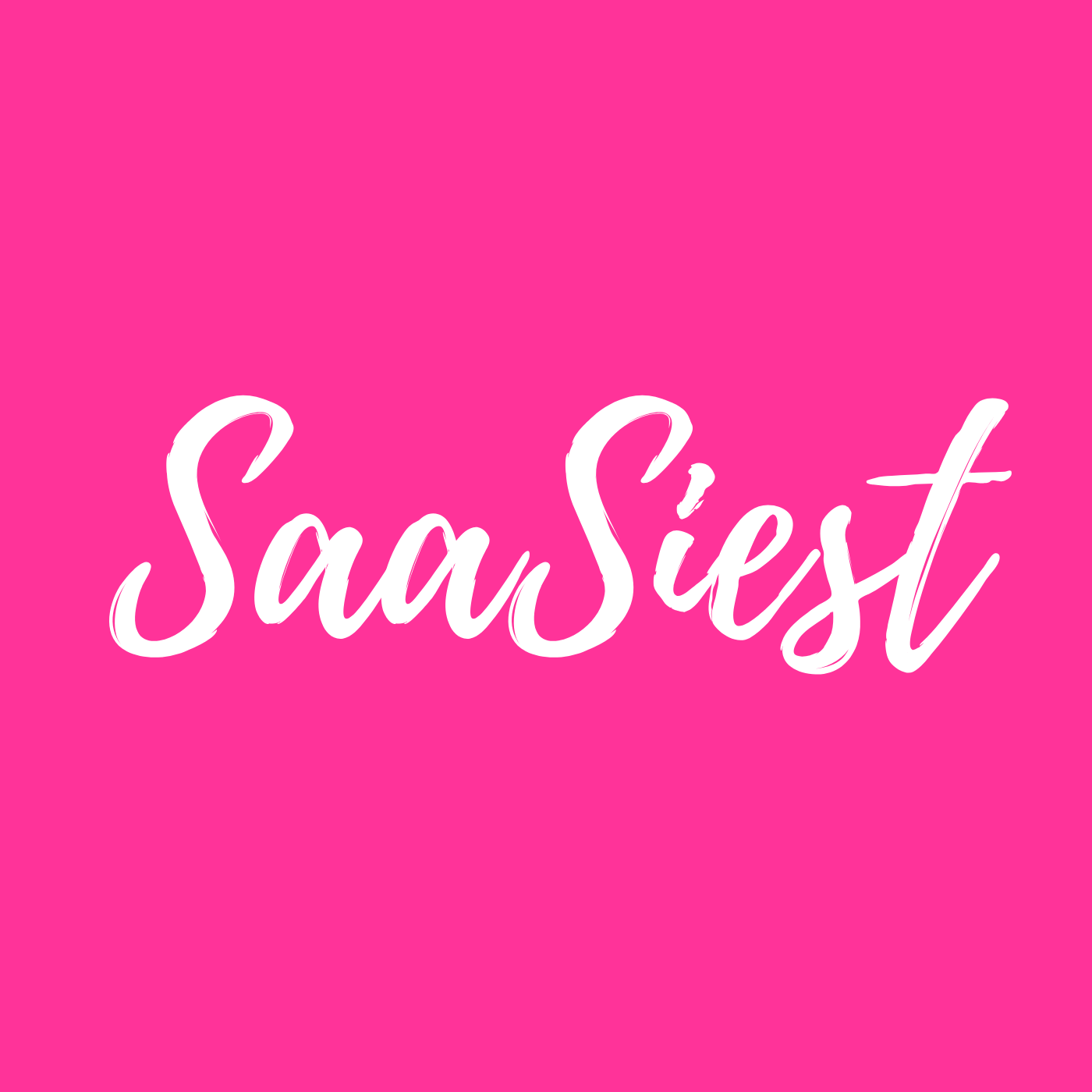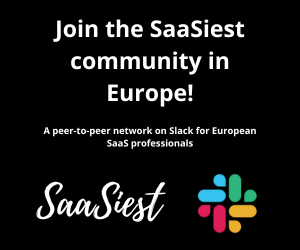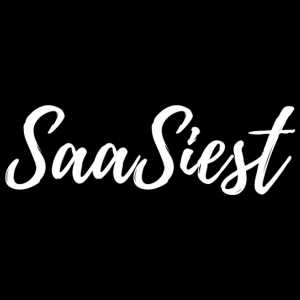Why do so many SaaS users drop off after their first interaction with a product? And more importantly, how can companies design onboarding experiences that keep them engaged?
Creating a habit-forming onboarding experience for SaaS users isn’t just important, it’s crucial. Yet, SaaS companies often face significant challenges in achieving this. According to a benchmark report, 60-80% of users drop off within the first day of signing up.
Ramli John, author of Product-Led Onboarding, offers a playful yet practical answer. In a session packed with actionable insights, he drew parallels between user onboarding and a childhood favorite: Super mario kart.
Start with momentum: A mario kart story
Ramli began by recounting how he played Mario Kart with his younger brother, Mark. As the older sibling, he adhered to the “older sibling law”, the unspoken rule that the elder always wins. But when Mark started consistently beating him, Ramli had to ask: What’s your secret?
Mark’s response was simple:
- Focus on momentum boosters: Hit the right buttons at the right time to accelerate and get ahead.
- Avoid momentum blockers: Steer clear of oil spills, banana peels, and potholes that slow you down.
Just like Mario Kart, user onboarding is about removing obstacles and accelerating progress. The key is to ensure users hit their stride quickly, minimizing friction along the way.
The framework for habit-forming onboarding
To make onboarding experiences habit-forming, Ramli introduced the BJ Fogg Behavior Model. This framework highlights three critical elements:
- Motivation: Why should the user care?
- Ability: Can the user succeed?
- Prompt: What will nudge the user forward?
By addressing each of these elements, SaaS companies can guide users toward long-term engagement and success.
Motivation: Show users what success looks like
Motivating users isn’t about superficial rewards, like gamifying experiences with badges or points. While these tactics might work in the short term, they rarely foster long-term engagement. Instead, the focus should be on helping users visualize tangible success.
Example: Wave’s success-driven messaging
Wave, an invoicing tool, motivates users by using clear, success-oriented messaging during onboarding. Its sign-up screen promises: “Get paid 3x faster with Wave.” This simple, impactful statement shows users exactly what they stand to gain.
Wave also includes a feature where users upload their logo to create a polished, professional invoice. For many entrepreneurs, this small action instills confidence and a sense of achievement, reinforcing the product’s value.
Ability: Remove barriers and add purposeful friction
Making it easy for users to succeed is crucial, but here’s the twist: sometimes, a little friction can actually help.
The hierarchy of user friction
Friction comes in three forms:
- Emotional friction: Anxiety or fear about committing to a product.
- Cognitive friction: Confusion caused by overwhelming information.
- Product friction: Physical or technical challenges in using the product.
While unnecessary friction should be eliminated, adding purposeful challenges can deepen engagement. For example, Ramli’s team experimented with breaking a checklist into progressively challenging levels, similar to video game mechanics. This approach increased activation rates from 7% to 29%, proving that small, meaningful hurdles can build user confidence and encourage further exploration.
Prompt: Guide users with timely and relevant nudges
Prompts are essential for keeping users on track, but in a world where people receive an average of 248 notifications daily, these nudges must stand out.
The success index strategy
Loom provides a great example of effective prompts. When users record their first video, Loom celebrates the milestone with in-app confetti and a congratulatory message: “Congrats! You’re one step closer to greatness. Share this with a colleague.”
Loom follows up with an email reinforcing the achievement: “Congrats on finishing your first video!” These well-timed prompts not only validate the user’s progress but also encourage them to take the next step sharing their success.
Bringing it all together
Ramli’s framework for habit-forming onboarding boils down to three core principles:
- Motivation: Inspire users by showing them the tangible success they can achieve with your product.
- Ability: Simplify their journey while incorporating purposeful friction to foster engagement.
- Prompt: Celebrate wins and guide users with timely, relevant nudges.
With these principles, SaaS companies can design onboarding experiences that reduce drop-offs, accelerate user progress, and foster long-term loyalty. Just as in Mario Kart, where success depends on skillfully navigating challenges and leveraging momentum boosters, effective onboarding is about empowering users to win, and to keep coming back for more.




